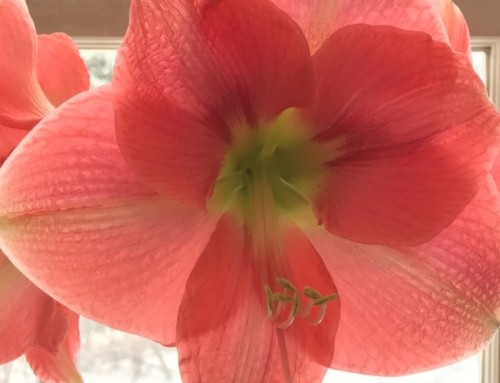Light’s out!
Researchers set up light traps to assess ecosystem health by monitoring diversity and biomass of nocturnal insects. But the lights from our cities, roadways and landscape lighting can be death traps.
As we know, moths are drawn to light. They exhaust themselves flying toward strong security lights and die or get picked off by predators (bats, birds, rats, mice) that know how to find an easy meal.
Animal behavior, migration, reproductive success and pollination services are all impacted. Bright lights interfere with firefly mating signals – some don’t emit light unless it is truly dark, a condition that exists in few places any more.
I’ll never forget how brilliant the Milky Way was when viewed from inside the Canyon de Chelly in Arizona, where there’s no electricity. According to the Xerces Society, 80% of people in North America can no longer even see the Milky Way at night because of skyglow from urban areas.
More than 60% of invertebrates are nocturnal. The Xerces Society’s advice on being thoughtful about night lighting to help fireflies helps a lot of insects – and saves energy too.
- Swap bright bulbs for dim red ones, or filter to make them dimmer and redder
- Limit outdoor lights to sidewalks and pathways
- Keep landscape lighting low to the ground
- Shield lights so they point down
- Use motion-detectors or timers so lights are only on when needed
- Limit how long outdoor lights are on
- Close curtains or blinds when lights are on inside at night
Work with your municipality to reduce light pollution – and be persistent. A friend blasted by a too-bright, too-close 360 degree streetlight finally resorted to black spray paint. Not that I’m suggesting anything…
Read the full The Xerces Society article from which these suggestions were extracted, Celebrate World Firefly Day by Keeping Nights Dark





